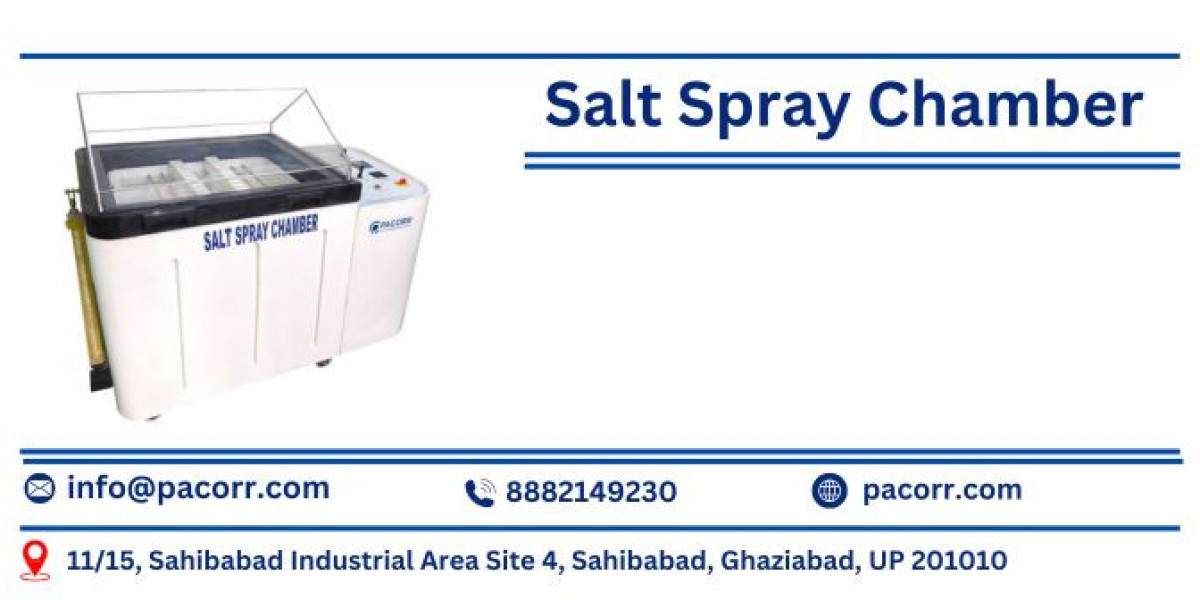Overview
Preparing your footage before handing it over to a post production company in Dubai can save time, reduce costs, and improve the final result. Whether you're producing a corporate video, a commercial, or a documentary, organizing your materials properly ensures a smoother workflow and a more professional outcome.
In this article, we’ll walk you through the key steps to help you prepare your video footage before delivering it to a post production team. Following these best practices will help you collaborate more effectively and get the most out of the process.
1. Back Up Everything First
Before you even start organizing your footage, make sure you have at least two backups saved on different drives or cloud platforms. Technical issues can happen at any time, and having multiple backups ensures your footage is safe from accidental loss.
Also, ensure your backups include not just the video files, but also audio recordings, still images, scripts, and any reference material that may be useful during post-production.
2. Organize Your Files Clearly
Post production professionals deal with large amounts of data. If your footage is a mess of unlabelled files and random folders, it will take longer for the editors to sort everything out. This could increase your costs and delay the project timeline.
Here’s how you can make things easier:
Create a folder structure (e.g., Footage / Audio / Graphics / Scripts).
Name your files in a consistent format (e.g., Scene01_Take02_CameraA.mov).
Include notes if there were any issues during the shoot (e.g., “Camera B had focus issues on take 3”).
By being clear and organized, you give your post production houses in Dubai the best starting point for editing and polishing your content.
3. Include All Relevant Media
Don’t just send the video clips, send everything that could help during editing. This includes:
Audio recordings (lav mics, boom mics, or voiceovers)
Scripts and shot lists
Storyboards
Reference videos or mood boards
B-roll and cutaways
Still images or behind-the-scenes photos
If you're working with a company like Zaini Media, they may also ask for branding elements like logos, font files, and design guides, especially if motion graphics or brand integration is involved.
4. Sync Audio and Video If Possible
If your audio was recorded separately (e.g., with external recorders), it’s helpful to sync it with the video if you have the tools and skills to do so. If not, include clear markers (like clapperboard visuals or hand claps) that the editors can use for syncing.
Even if syncing isn’t perfect, having the original audio files organized and labeled correctly (e.g., “Interview_Mic1_Take3.wav”) makes a big difference.
5. Provide Clear Creative Direction
Post production isn’t just about technical editing, it's about telling your story. Share your creative vision with your editor. This could include:
Style references (videos or films you like)
Color grading preferences (natural, cinematic, vibrant, etc.)
Preferred music genres or sample tracks
Notes on pacing, mood, and transitions
Companies like Zaini Media value collaboration and often encourage clients to be involved in the creative process. The clearer you are upfront, the better the final output will align with your goals.
6. Double-Check Formats and Compatibility
Make sure your footage is delivered in a format compatible with most editing software. Common professional formats include:
Video: .mov, .mp4 (preferably in high resolution)
Audio: .wav or high-quality .mp3
Graphics: .png, .psd, .ai (with transparent backgrounds if needed)
Avoid compressed, low-quality files, especially if the final video will be broadcast or published online professionally.
7. Include a Metadata Document
A simple metadata document (a Word or Excel file) that lists file names, descriptions, timestamps, and relevant notes can be a huge help. It’s especially useful for interviews, long-form content, or event videos where there’s a lot of footage.
For example:
File Name | Description | Timestamp | Notes |
Interview1_CamA.mov | CEO Interview, Angle A | 00:00–02:34 | Good lighting and audio |
Broll_Office1.mov | Team working in office | 00:00–00:45 | Use slow motion if possible |
8. Confirm Copyrights for Any Media
If you're providing background music, images, or third-party graphics, make sure you have the rights to use them. Post production companies are not responsible for licensing issues unless they’re providing the assets themselves.
Let your Dubai-based post production team know upfront if you have any licensed material so they can include proper credits or usage information.
9. Communicate Project Goals and Deadlines
Finally, let your post production company know your desired outcomes and timeline:
Is the video meant for YouTube, social media, or TV?
What’s the target length?
Do you need multiple versions (e.g., with and without subtitles)?
What’s the final delivery deadline?
Being clear about deliverables helps the team prioritize and plan accordingly.
Conclusion
The more organized and prepared you are, the more efficient and creative your post production process will be. A well-prepared project not only speeds up editing but also gives editors the freedom to focus on storytelling and polish.
Working with an experienced post production company in Dubai like Zaini Media means you have professionals who understand both technical execution and creative vision. But even the best teams can only do their best work if they’re given high-quality, well-organized materials to start with.
Take the time to prepare your footage properly and you’ll see the results in the final product.
FAQs
1. What is the best format to send my video footage in?
High-resolution formats like .mov or .mp4 (H.264 codec) are widely accepted. Avoid compressed or low-quality files if possible.
2. Should I sync audio and video before sending them?
If you can, it’s helpful. If not, include clear markers or claps to help editors sync them later.
3. Can I use copyrighted music in my video?
Only if you’ve secured the proper rights or licenses. Otherwise, use royalty-free music or ask your post production team to source licensed tracks.
4. Do I need to edit anything before sending it to the post production company?
No. Just organize the raw footage well, label everything clearly, and provide direction editing will be handled by the professionals.
5. What happens if some footage is missing or corrupted?
It’s best to double-check everything before sending it over. Backup copies and clear communication can help avoid delays or quality issues.








